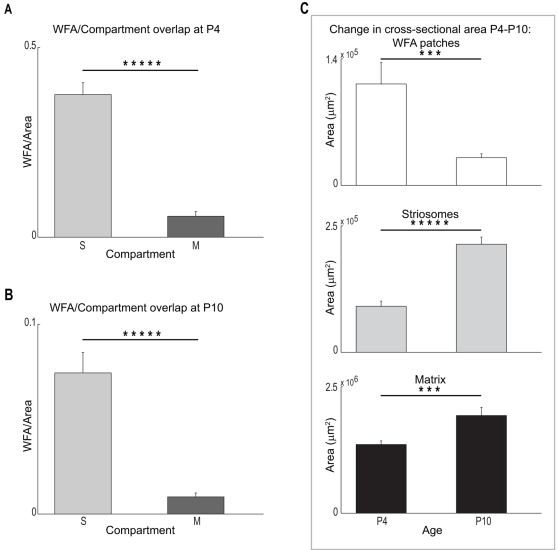Figure 6. Quantitation demonstrates the overlap of WFA ‘patches’ and striosomes decreases during early postnatal development.
(A) Mean area of overlap between WFA clusters and striosomes (S) or matrix (M) compartments at P4. Cross-sectional overlap is significantly greater in striosomes (Student's t-test; P = 5.2247×10−8), indicating that most of the clusters are situated in this neostriatal subcompartment at this age. (B) Overlap between WFA clusters and S and M compartments at P10. Although ‘patches’ remain overwhelmingly associated with striosomes (Student's t-test; P = 2.1063×10−5), the absolute area of overlap with both neostriatal subcompartments has dropped significantly by this time compared with P4 (note difference in scale for A and B; Two-way ANOVA, age and subregion as factors; F(1, 32) = 96.65, P = 3.4327×10−11 across ages; F(1, 32) = 119.2, P = 2.5329×10−12 across subregions; F(1, 32) = 52.2, P = 3.3113×10−8 for interactions between age and subregion). (C) Significant differences in overlap with age can be attributed to both an absolute decrease in the summed area of the WFA ‘patches’, as well as an increase in size of the neostriatum. (Top panel) Cross sectional area taken up by WFA clusters decreases significantly between P4 and P10 (t-test; P = 0.0037). Simultaneously, both striosomes (Middle panel) and matrices (Bottom panel) grow in size during this same period of development. The change in size in both cases is significant (S: t-test; P = 2.8080×10−6; M: t-test; P = 0.0053). Symbols (***) and (*****) indicate significance levels below P<0.01 and P<0.00001 respectively.

